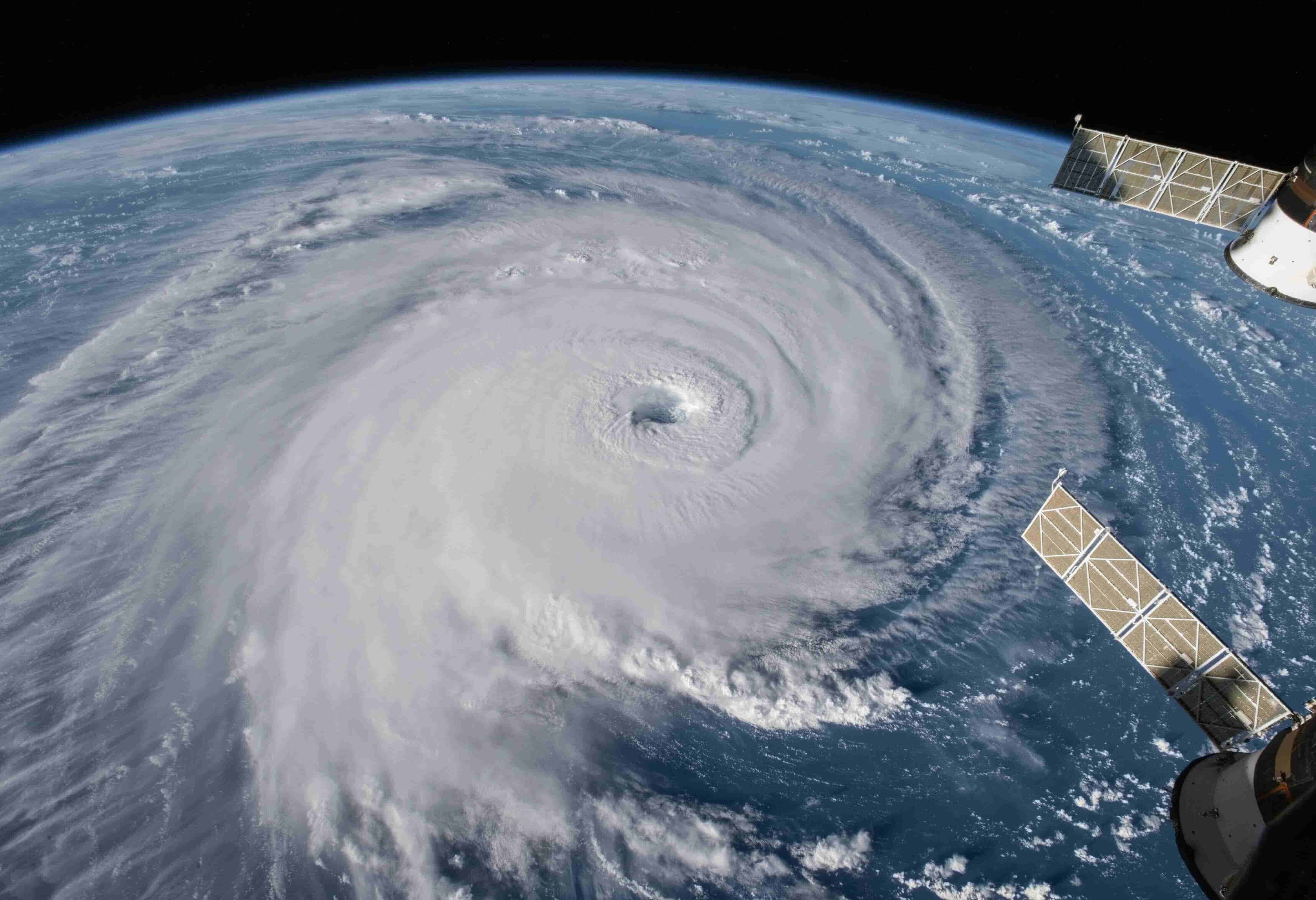
Tropical cyclones are powerful and awe-inspiring natural phenomena that can cause significant damage and disruption. These intense storms, known by different names like hurricanes and typhoons depending on their location, form over warm ocean waters and can impact coastal regions with strong winds, heavy rain, and storm surges. Did you know that the energy released by a single tropical cyclone can be equivalent to the detonation of several nuclear bombs? These storms are not only fascinating but also crucial to understand for safety and preparedness. From their formation to their impact, here are 25 intriguing facts about tropical cyclones that will give you a deeper appreciation of these mighty forces of nature.
What Are Tropical Cyclones?
Tropical cyclones are powerful, swirling storms that form over warm ocean waters. They can cause massive destruction but also play a role in balancing global temperatures. Here are some fascinating facts about these natural phenomena.
-
Tropical cyclones are also known as hurricanes in the Atlantic and typhoons in the Pacific.
-
They form over warm ocean waters, typically above 26.5°C (80°F).
-
The eye of a tropical cyclone is calm and clear, surrounded by the eyewall, which has the most intense winds and rain.
-
Tropical cyclones can span hundreds of miles in diameter, making them visible from space.
-
The rotation direction of a tropical cyclone depends on its hemisphere: counterclockwise in the Northern Hemisphere and clockwise in the Southern Hemisphere.
Formation and Development
Understanding how tropical cyclones form and develop helps in predicting their paths and potential impact. Here are some key points about their formation.
-
Tropical cyclones start as tropical depressions, which are low-pressure systems with organized thunderstorms.
-
When wind speeds reach 39 mph, the system is classified as a tropical storm and given a name.
-
If wind speeds exceed 74 mph, the storm becomes a tropical cyclone.
-
Warm, moist air rises from the ocean surface, creating a low-pressure area that pulls in more air, fueling the storm.
-
The Coriolis effect, caused by Earth's rotation, helps the storm to spin and grow.
Impact and Damage
Tropical cyclones can cause significant damage to communities and ecosystems. Here are some facts about their impact.
-
Storm surges, caused by high winds pushing seawater onto land, can lead to severe coastal flooding.
-
Heavy rainfall from tropical cyclones can cause inland flooding, sometimes far from the storm's center.
-
High winds can uproot trees, destroy buildings, and disrupt power lines.
-
Tropical cyclones can spawn tornadoes, adding to the destruction.
-
The economic cost of a single tropical cyclone can reach billions of dollars.
Historical Cyclones
Some tropical cyclones have left a lasting mark on history due to their intensity and impact. Here are a few notable examples.
-
Hurricane Katrina (2005) caused widespread devastation in New Orleans and is one of the costliest natural disasters in U.S. history.
-
Typhoon Haiyan (2013) struck the Philippines with record-breaking wind speeds, causing massive loss of life and property.
-
The Great Galveston Hurricane (1900) remains the deadliest natural disaster in U.S. history, claiming over 6,000 lives.
-
Cyclone Tracy (1974) nearly destroyed the city of Darwin, Australia, on Christmas Eve.
-
Hurricane Andrew (1992) led to significant changes in building codes and emergency preparedness in the U.S.
Predicting and Tracking
Advancements in technology have improved our ability to predict and track tropical cyclones. Here are some insights into how this is done.
-
Satellites provide real-time images and data on storm development and movement.
-
Weather buoys and ships collect oceanic and atmospheric data to help forecast storm intensity.
-
Computer models simulate storm paths and potential impacts, aiding in early warning systems.
-
Hurricane hunters, specially equipped aircraft, fly into storms to gather critical data on wind speeds and pressure.
-
Early warning systems and evacuation plans have saved countless lives by giving people time to prepare and evacuate.
Final Thoughts on Tropical Cyclones
Tropical cyclones are powerful forces of nature that can cause significant damage but also play a crucial role in regulating our planet's climate. Understanding these storms helps us prepare better and minimize their impact. From their formation over warm ocean waters to their potential to bring heavy rainfall, strong winds, and storm surges, these weather phenomena are both fascinating and formidable.
Knowing the difference between hurricanes, typhoons, and cyclones, as well as the importance of the Saffir-Simpson scale, can aid in grasping their severity. Awareness of historical cyclones and their impacts reminds us of the importance of preparedness and respect for nature's power.
Stay informed, stay safe, and always heed weather warnings. Tropical cyclones are a reminder of nature's incredible power and our need to coexist with it responsibly.
Was this page helpful?
Our commitment to delivering trustworthy and engaging content is at the heart of what we do. Each fact on our site is contributed by real users like you, bringing a wealth of diverse insights and information. To ensure the highest standards of accuracy and reliability, our dedicated editors meticulously review each submission. This process guarantees that the facts we share are not only fascinating but also credible. Trust in our commitment to quality and authenticity as you explore and learn with us.
